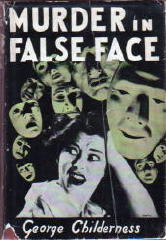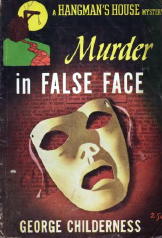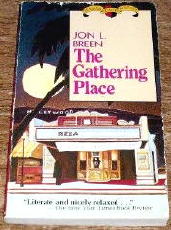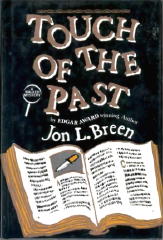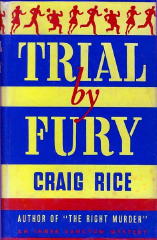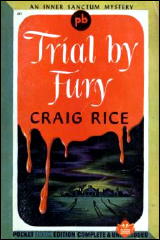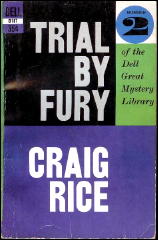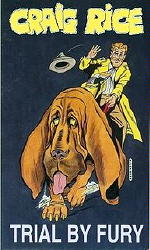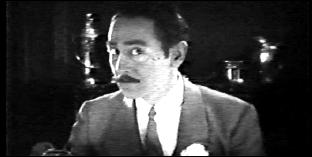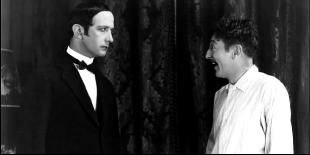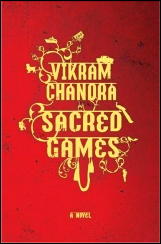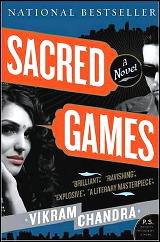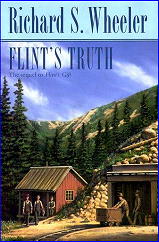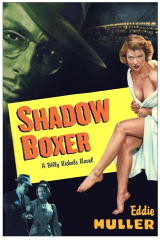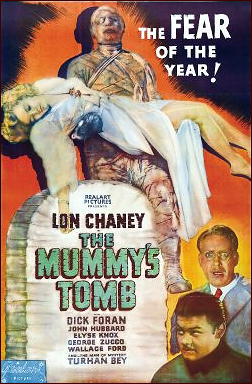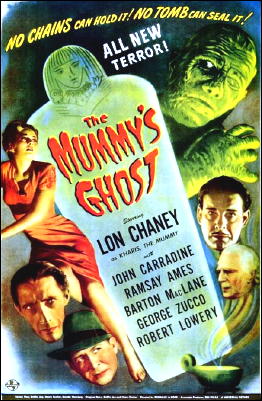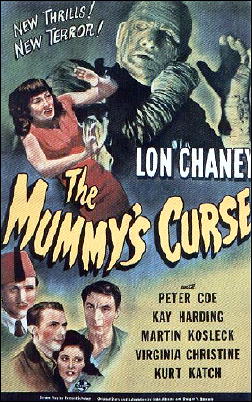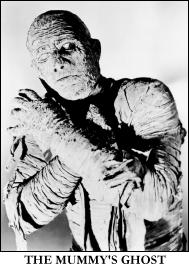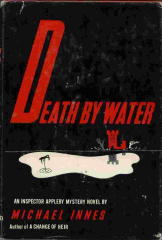Tue 1 Sep 2009
Western Movie Review: RIO CONCHOS (1964).
Posted by Steve under Reviews , Western movies[4] Comments
RIO CONCHOS. 20th Century-Fox, 1964. Richard Boone, Stuart Whitman, Tony Franciosa, Jim Brown, Wende Wagner, Edmond O’Brien. Based on the novel Guns of Rio Conchos (Gold Medal, 1958) by Clair Huffaker (also co-screenwriter). Director: Gordon Douglas.
If you were trying to track down several wagons full of stolen Army rifles, and you were the colonel of the fort in charge, who would you send on a mission to find them, using as bait another wagon filled with barrels of gunpowder?
Surely not a surly ex-Confederate officer named Lassiter (Richard Boone) and a womanizing half-breed Mexican rogue with flashing eyes and surreally white teeth and otherwise about to be hanged (Tony Franciosa)?
Along with, of course, Captain Haven (Stuart Whitman), the officer who was responsible for the rifles being stolen in the first place, and a black cavalry sergeant (Jim Brown), and you have a team made in heaven.
Or not.
Along the way, meeting both bandits and Apaches in approximately equal number the band of four, they add a fifth member to their number, a beautiful Indian woman (Wende Wagner) who at least is brunette and not blonde.
After several days of assorted misadventures, they at last meet the man who has the guns, Colonel Theron ‘Gray Fox’ Pardee (Edmond O’Brien), Lassiter’s former commanding officer, who intends to use his newly gotten arms to help the South rise again.
I have heard the phrase “chewing the scenery” many times before, but I don’t think I ever I knew what it meant until seeing Edmond O’Brien in action in this movie, not that it’s exactly what the part calls for.
Richard Boone as a hero (Paladin, say) has always rated an “A Plus” in my book, but if anything, he is always better as a villain, or in this case a man consumed with hatred toward the Apaches, who killed his wife and child well over a year ago.
Boone is a master of not-so-veiled sarcasm and an inner rage that threatens to boil over at any instant. (He is at his utter hard-boiled best villainy, by the way, in a spy film called The Kremlin Letter, 1970, an absolute must see, even if it is mostly incomprehensible in its complexity.)
This was Jim Brown’s debut film, and he is allowed to say perhaps fifteen words during the whole movie. That does not mean that his presence goes unnoticed, nor does that of Wende Wagner, later well-known for playing Miss Case on The Green Hornet TV series. (She has several lines of dialogue in Rio Conchos, but not one in English. I would someday like to know what language — Apache? — she does speak.)
And why no one has put the The Green Hornet TV series out on DVD is a question for which I have no answer. But I digress.
Rio Conchos is a movie that is entertaining all the way through, and while it reaches no heights of glory, if you are a western movie fan, it is well worth your undivided attention.
And if you do watch this moving picture all the way through, there is an added bonus.
You get to make up your own ending.
It ends a bit abruptly, it does.
